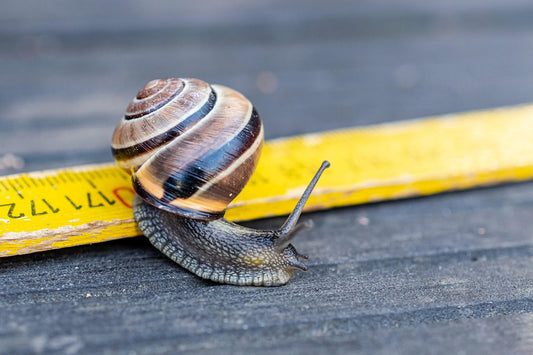One of the test tracks I am using to test all the DirectStreams shipping out today has a lot of depth. It's important that I check this sound quality area because it's one easy way to tell if everything's working correctly.
But I can't help wondering how the recording engineer achieved such depth.
Depth is typically achieved by moving the performer away from the microphone. The greater the distance from the microphone, the more depth we would hear. Depth comes from behind the loudspeaker pair, moving away from the listener and the speakers. To help visualize this, think of your loudspeakers as a pair of microphones set up on a stage, spread apart the same distance as we will eventually have our loudspeakers setup to reproduce left and right. The microphones are pointing towards the musicians on that stage to record their performance. You are in the audience, which puts our imaginary microphones approximately in the middle of our room, halfway between you and the musicians, pointing towards the musicians.
When it comes time to playback the recording, we remove the microphones and replace them with loudspeakers. Only this time, the loudspeakers are pointing away from the musicians and facing you, in the audience. If we did a good job, the loudspeakers should vanish and the sound should come from behind them as if the musicians were still on stage playing. Again, this is why proper imaging of your system should always come from behind the loudspeaker pair and that loudspeaker pair should be away from the rear wall and provide enough room for the soundstage to exist.
But what happens if there is an electronic pickup that is not a microphone? For example, an electric guitar, piano or synthesizer. How does the recording engineer provide a sense of depth when there's no proximity to a microphone? The most obvious way is level; the lower the level, the farther back the sound will probably appear. I would also imagine adding reverb would help as well, as this would simulate the increased room reflections the microphones would pickup in the first example.
It's an interesting question and one I ponder.








